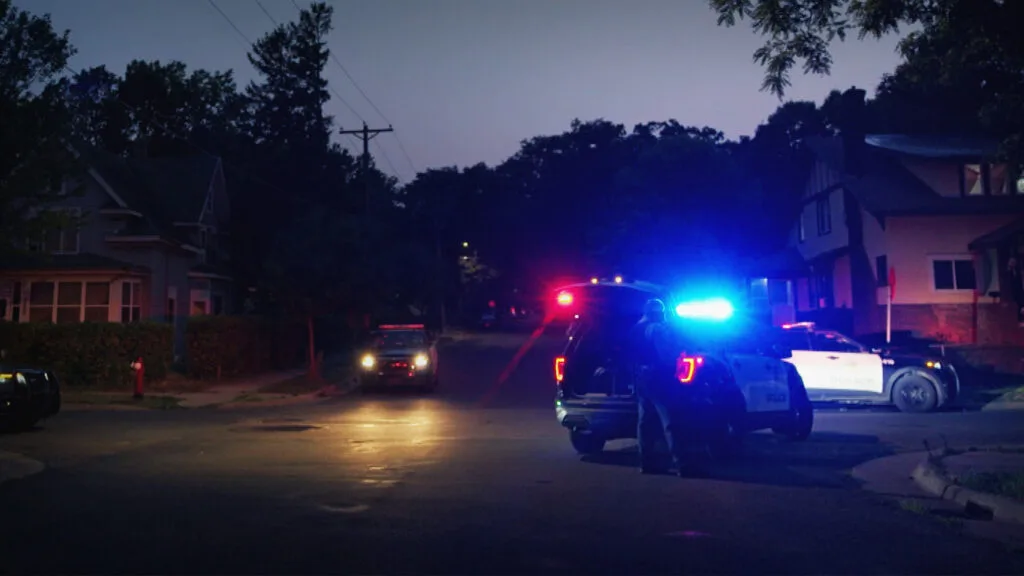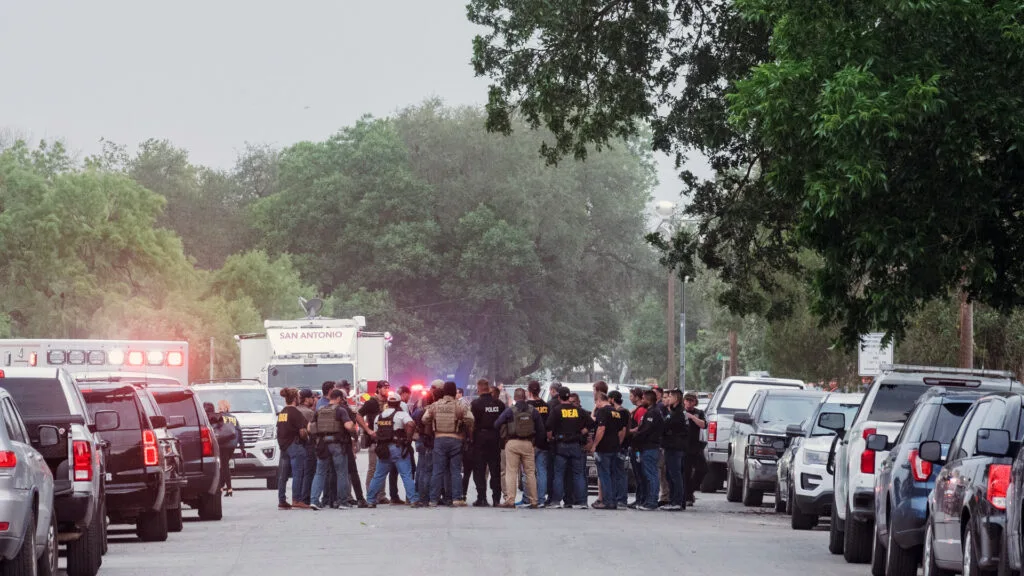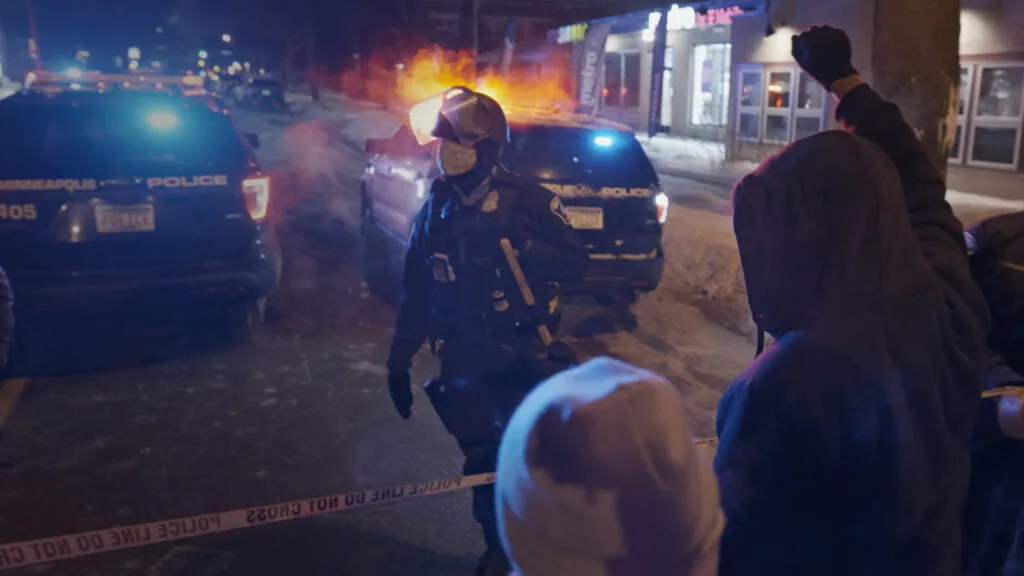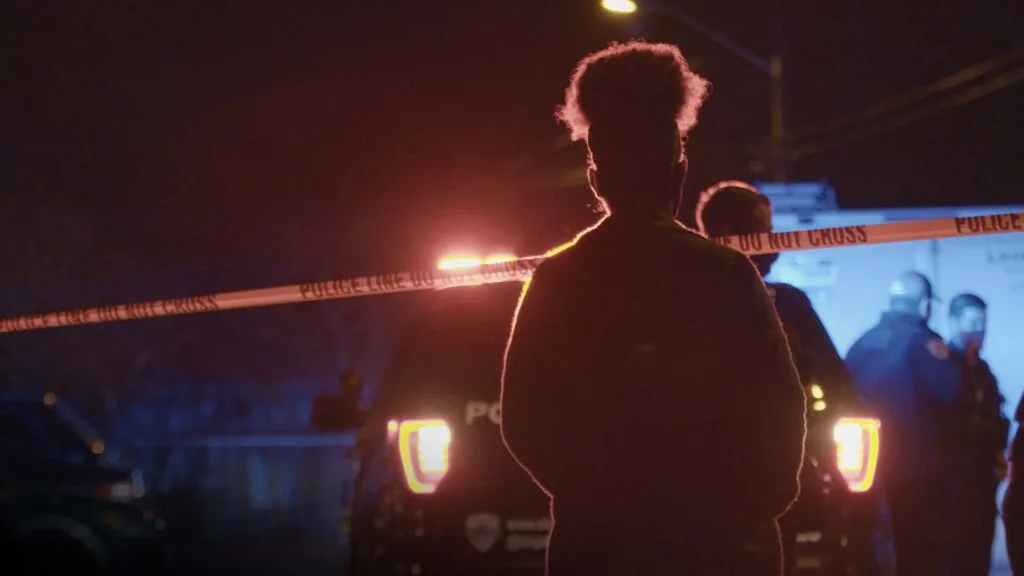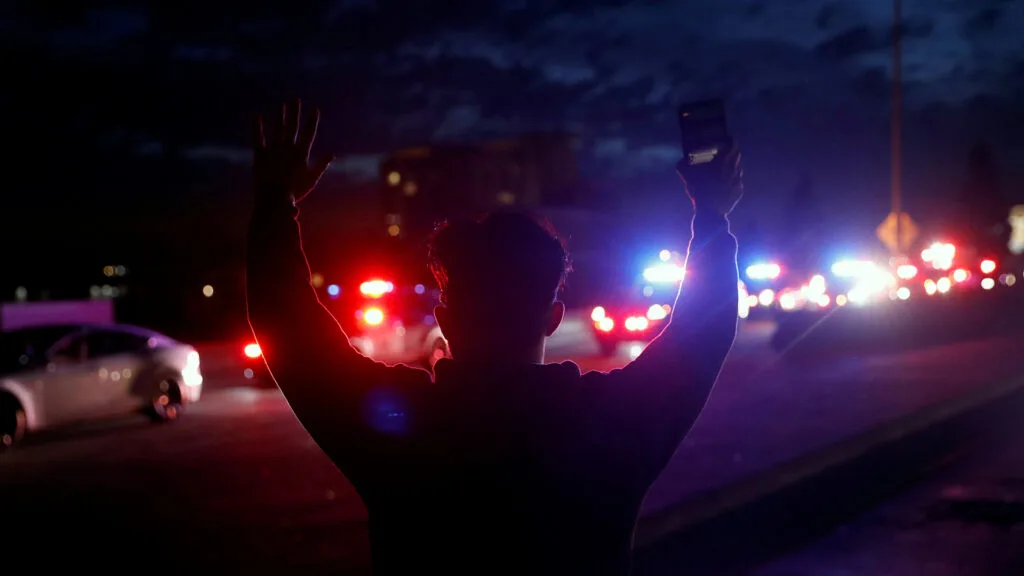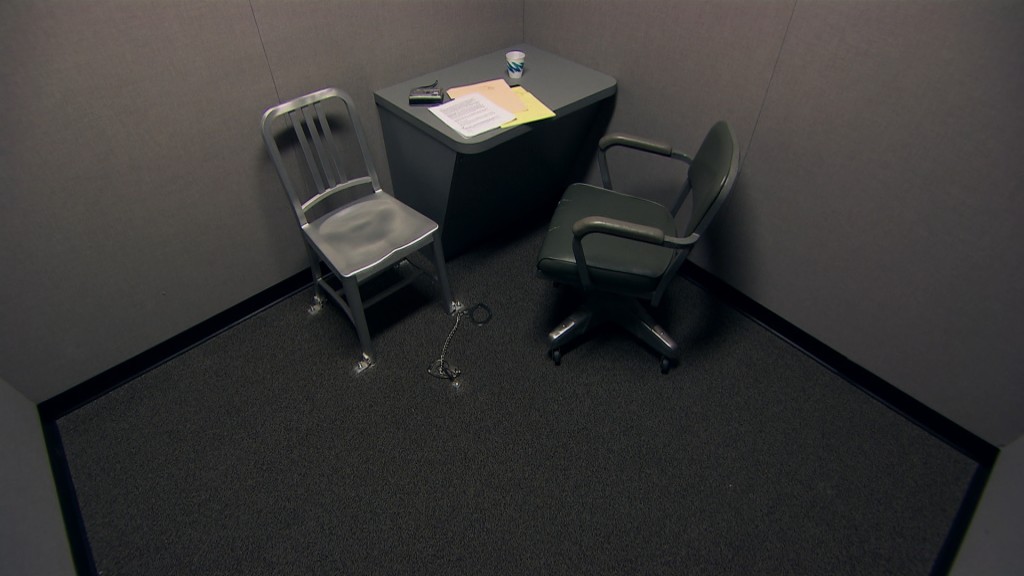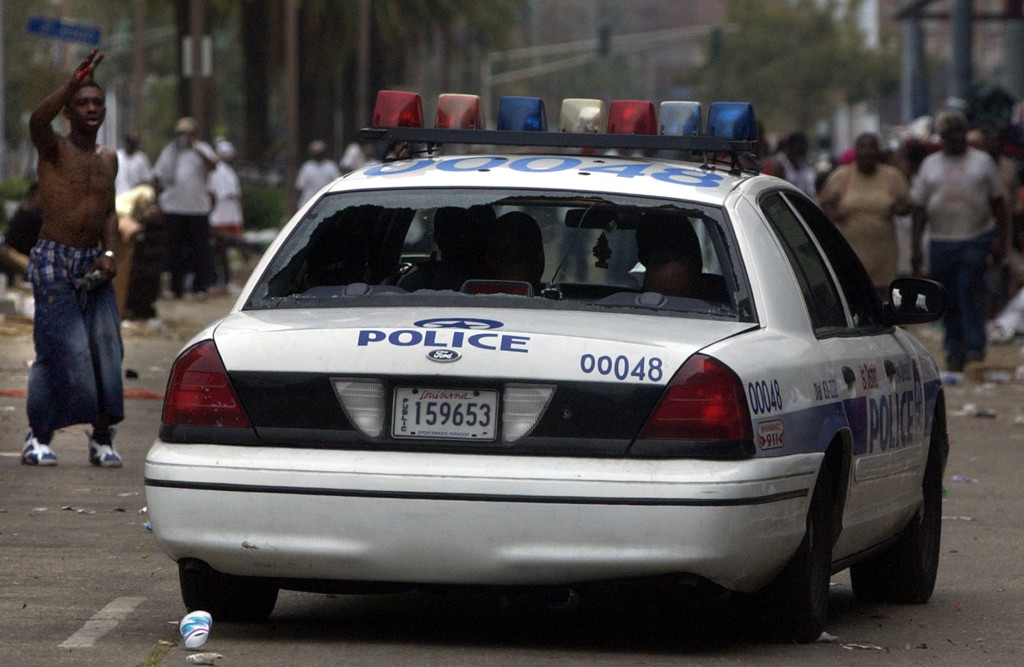Why the DOJ’s Baltimore Police Investigation Could Be Different

May 8, 2015
Share
The death of Freddie Gray from injuries sustained in police custody in Baltimore last month may soon lead to a structural overhaul of the police department.
On Friday, the Department of Justice announced that it would open an investigation into whether the Baltimore police have a pattern or practice of using excessive force; unlawfully stopping, searching and arresting residents; and engaging in discriminatory policing.
This is the 67th investigation of a law enforcement agency by the Justice Department since it first gained the power to do so in 1994. (The DOJ has investigated 62 agencies in all, though it has investigated five of them twice.) That’s a sliver of the nearly 18,000 law enforcement agencies in the country, but in most instances, departments have made significant improvements in their police practices after being investigated.
The DOJ now has cases open against 13 departments, four of which are fighting reforms in court. In April, the DOJ opened two new investigations of small departments in rural Louisiana, over allegations of improper detentions.
Baltimore’s investigation will be much more widespread, covering most of the major aspects of constitutional policing that the DOJ has probed in other departments.
What sets Baltimore apart from other investigations is that city officials — including the city council president and Mayor Stephanie Rawlings-Blake — asked for the probe. That’s only happened in a handful of other DOJ investigations and it’s a significant development. A FRONTLINE analysis of DOJ agreements over the past two decades suggests that support from city officials is one of the most important factors in securing lasting change in a timely manner.
Baltimore had already been working with federal officials on a collaborative reform program through the DOJ’s community policing office, when Gray, 25 years old, died from a severe spinal injury he received in police custody.
But under that process, the DOJ could only recommend reforms. With a “pattern or practice” investigation, if the DOJ concludes that the department has routinely violated citizens’ civil rights, it can compel the Baltimore Police Department (BPD) to implement reforms, and put in place a federal monitor to make sure those changes get done. That process can take years, but it can move more quickly if city officials try to help, rather than stall the process.
“It shows a greater level of commitment on the part of the mayor, saying we’re not going to just get recommendations, but that we’re willing to bind ourselves to those to make sure this is successful,” said Stephen Rushin, an assistant professor at the University of Illinois law college and an expert in investigations of police departments.
“It’s also a recognition by the mayor that something like federal intervention doesn’t always have to be a bad thing,” said Rushin.
In remarks on Friday, Attorney General Loretta Lynch said that in the past six months, the department had done “significant work” through the collaborative process. By the end of 2014, the BPD said complaints for police discourtesy — such as rudeness — had dropped by 54 percent, and excessive force complaints by 40 percent.
But after meeting with community and civic leaders after Gray’s death, Lynch said that it became clear that the police department’s problems were “essentially more serious and more intense” than when the DOJ opened the collaborative process. That included, she said, a “serious erosion of public trust” in the department.
Anthony Batts, the city’s police commissioner, said in a statement that he would welcome federal intervention “with open arms.”
“We have never shied away from scrutiny or assistance,” he said.
In her remarks, Lynch said the Fraternal Order of Police, Baltimore’s powerful police union, had “welcomed” the move as well. “I want to thank them for their support and their partnership as we move forward,” she said.
That’s also unusual. In most departments, police unions have forcefully opposed any federal intervention, in some cases even filing lawsuits to block reform pacts. In a statement released late on Friday, Gene Ryan, the union president, suggested the DOJ expand its investigation to consider the city administration as well.
“Mayor Rawlings Blake is the leader of all city agencies, including the Baltimore Police Department, and we believe that her leadership of, and involvement in, the Police Department also deserves evaluation,” he said.
The openness to change being voiced by city officials may stem in part from a desire to address how the police handled the egregious case of violence that preceded it.
After Gray’s death on April 19, police were slow to state definitively what had happened to him. The department even leaked a document suggesting that Gray might have injured his own spine, despite being shackled in a police van at the time.
Hours after the police handed Gray’s case to the state attorney, Marilyn Mosby, she determined not only that Gray had been murdered, but that his arrest had been unwarranted. Six officers have been indicted in his death.
This story has been updated.

Related Documentaries
Latest Documentaries
Related Stories
Related Stories
Policies
Teacher Center
Funding for FRONTLINE is provided through the support of PBS viewers and by the Corporation for Public Broadcasting. Additional funding is provided by the Abrams Foundation; Park Foundation; the John D. and Catherine T. MacArthur Foundation; and the FRONTLINE Journalism Fund with major support from Jon and Jo Ann Hagler on behalf of the Jon L. Hagler Foundation, and additional support from Koo and Patricia Yuen. FRONTLINE is a registered trademark of WGBH Educational Foundation. Web Site Copyright ©1995-2025 WGBH Educational Foundation. PBS is a 501(c)(3) not-for-profit organization.

